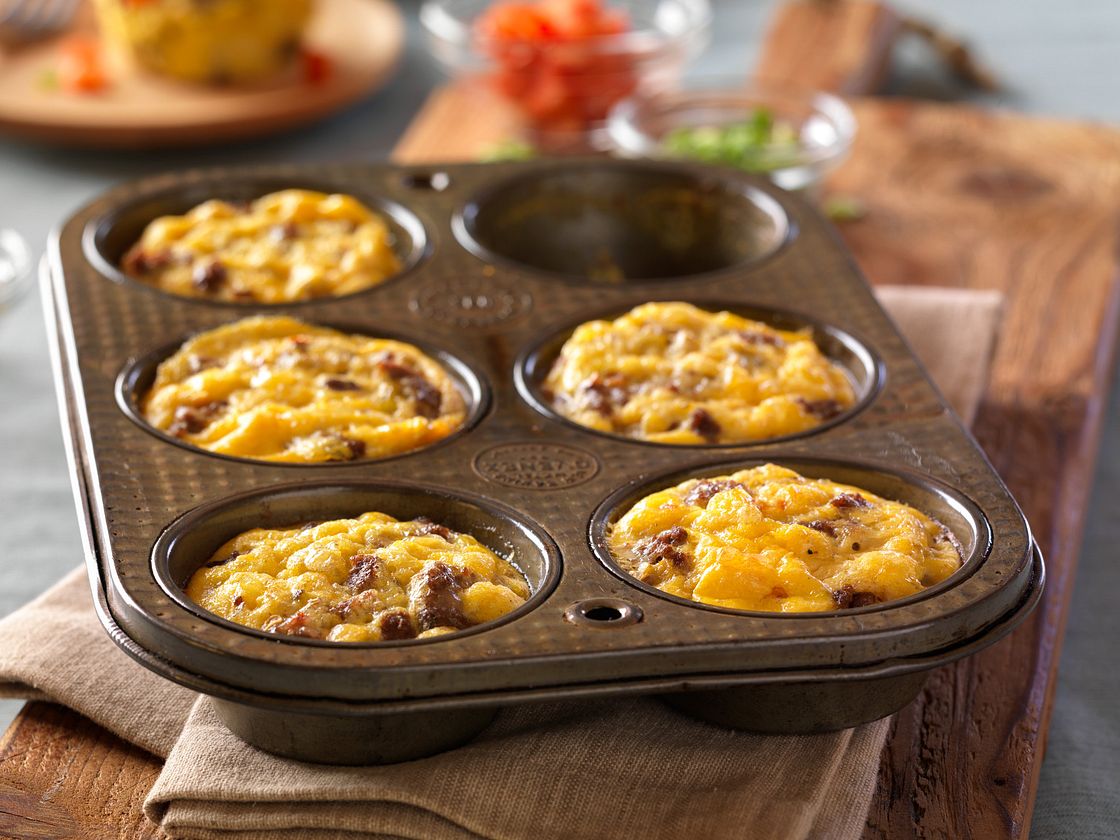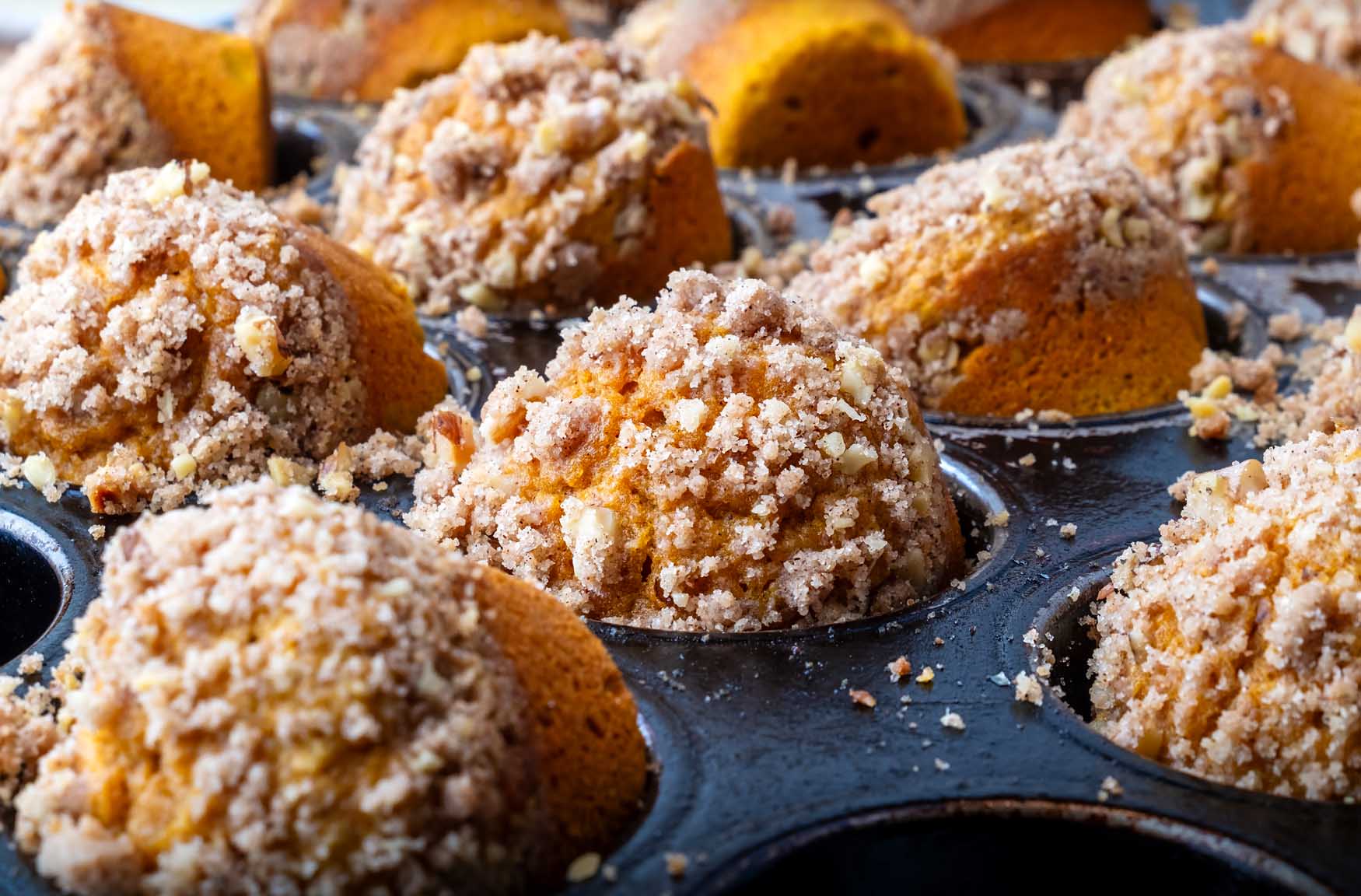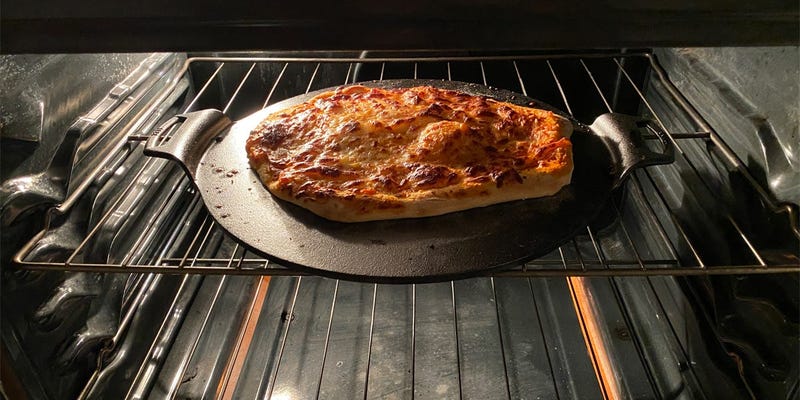In the world of culinary arts, the choice of cookware can greatly impact not only the taste of the food but also its nutritional value. Among the most debated topics in this realm is whether cast iron is healthier than nonstick cookware. As kitchen professionals, it's imperative to understand the benefits and drawbacks of each to make an informed decision.
Both cast iron and nonstick pans have their advantages, but when it comes to health, the question remains: Is one truly superior to the other? This article will delve into the specifics, providing a comprehensive analysis to help you choose the right cookware for your kitchen.

The Basics of Cast Iron Cookware
Cast iron cookware has been a staple in kitchens for centuries, known for its durability and excellent heat retention. When seasoned properly, a seasoned cast iron pan offers a natural nonstick surface, which can be beneficial for reducing the need for excessive oil or butter.
One of the most significant health benefits of using cast iron is its ability to fortify food with iron. This is particularly beneficial for those with iron deficiencies. However, it's essential to note that the amount of iron transferred can vary based on the duration of cooking and the type of food prepared.
The Advantages of Using Cast Iron
Beyond its ability to increase dietary iron, cast iron is also free from harmful chemicals found in some nonstick coatings. For instance, traditional nonstick pans often contain perfluorooctanoic acid (PFOA) and polytetrafluoroethylene (PTFE), which can release toxic fumes when overheated. With cast iron, there's no risk of such exposure, making it a safer choice for health-conscious cooks.
Furthermore, re-seasoning vintage cast iron cookware is a straightforward process, ensuring longevity and consistent performance. This makes cast iron an eco-friendly option, as it reduces the need to frequently replace pans.
Understanding Nonstick Cookware
Nonstick cookware, on the other hand, is beloved for its easy cleanup and convenience. It's an excellent choice for delicate foods like eggs or pancakes. Modern advancements have led to the development of PFOA-free nonstick coatings, which are considered safer than their predecessors.
For kitchen professionals, nonstick pans can save time and effort, especially in high-volume settings. However, they require careful handling to avoid scratching the surface, which can diminish their nonstick properties over time.
Health Concerns with Nonstick Pans
While nonstick pans have evolved, concerns still exist regarding their safety at high temperatures. Overheating can cause the release of harmful fumes that may pose health risks. Therefore, it's crucial to use nonstick pans at recommended temperatures and avoid overheating them.
Moreover, the lifespan of nonstick cookware is generally shorter than that of cast iron, leading to more frequent replacements and potentially increasing costs over time.
Balancing Performance and Health in Cookware
Choosing between cast iron and nonstick cookware ultimately depends on your cooking style and priorities. If health and longevity are your primary concerns, cast iron may be the better option. Its ability to enhance iron intake and its chemical-free nature make it a healthier choice for many.
However, for quick and easy meals, nonstick pans offer unparalleled convenience. They are ideal for tasks where sticking is a common issue, but they require more attention to maintain their safety and effectiveness.
For those who wish to balance textures and flavors in their cooking, understanding the textures in sizzling meals can also inform their choice of cookware.
Conclusion: Making the Right Choice for Your Kitchen
In conclusion, kitchen professionals should consider both their health priorities and cooking needs when selecting cookware. While cast iron offers numerous health benefits and longevity, nonstick cookware provides convenience and ease of use. By understanding the strengths and limitations of each, you can make an informed choice that aligns with your culinary goals.
For further insights on cookware, explore more about modern vs traditional cast iron options and how they can fit into your kitchen.

FAQs
Is cast iron better for health than nonstick?
Yes, cast iron can be healthier as it doesn't contain the chemicals found in some nonstick coatings and can add iron to your diet.
Can nonstick pans be used safely?
Yes, as long as they are not overheated and are used within the manufacturer's guidelines, nonstick pans can be safe.
How often should I replace nonstick cookware?
Nonstick cookware should be replaced every few years, depending on the wear and tear and how often it's used.
This article contains affiliate links. We may earn a commission at no extra cost to you.






Leave a comment
This site is protected by hCaptcha and the hCaptcha Privacy Policy and Terms of Service apply.